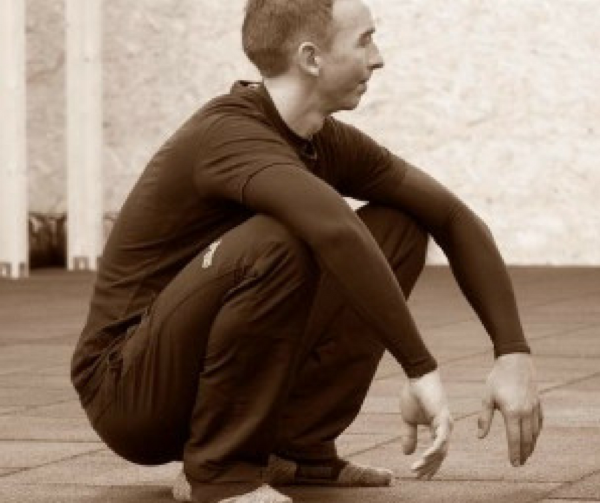Could This Be The Reason You’re Not Squatting ?

The Squat is one of the most fundamental, known and completed movements amongst gym goers wanting to put on muscle, get stronger and get leaner. The problem is the majority of those going to a gym aren’t squatting as well as they could be and therefore not getting the benefits they are hoping to in the first place.
Nail the squat movement and program it smartly and you can be sure you are going to get stronger, put on muscle through the legs and glutes and provide a stimulis to increase mobility.
As a coach concerned with programming for the individual all my clients have always performed a movement assessment in their initial consult. It is through this time and training at times at commercial gyms that I have seen the following very common movement faults when squatting:
- Short of natural range of movement.
- Valgus Knee movement (knees coming in).
- Ankle Eversion (rolling in).
- Lack of bracing.
I am going to focus on the first point in this article because it is the most common one. First of all – why should we squat full depth, aka ass to grass?
The answer is, we actually shouldn’t all squat ass to grass as we have different biomechanical things happening that give us all different ranges of movement. We should however as a general rule all be working towards having the range to full squat (past 90 degrees at the knee). When we squat full range we activate more muscle fibres including more of our posterior where many people are quite weak. When we activate more fibres we can get stronger and change our body composition much more efficiently than smaller ranges of movement.
The problem is many people are lacking the mobility (strength in end ranges) or flexibility to squat to their genetic biomechanical range. There are different causes of this but there is a large majority of people we see that are lacking range in one area.
The area that is lacking is ankle and the movement is dorsiflexion. That simply means the knees don’t have the ability to travel very far forward while the heel stays down. This can be due to tight calves, achilles problems or occasionally something on the structure side of things such as bone spurs. An easy way to check your range is to do the knee to wall test. You should be aiming for 15cm or thereabouts to not have any limitations at the ankle when you squat. See the test below.

Keep heel down and measure furthest distance you can touch knee to wall.
If you want to double check that the ankle is in fact your source of not being able to squat well to depth here is a checklist you can follow:
- Body Weight Squat with hands on the back of your head.
- Squat with arms outstretched holding a light weight (5-10kg).
- Body Weight Squat with heels elevated 2-4 cm.
- Squat with heels elevated 2-4cm and now Hold a weight out in front of you.
If your squat depth got better as you worked through the above steps its very likely the problem is lack of dorsi flexion at the ankle. When we don’t have range at the ankle we either feel like we simply can’t get depth or that we’ll fall over backwards with the hands on the back of your head. This is because there is no counter balance going forwards that our knees normally provide and thus change our centre of balance.
By elevating the heel and holding a weight in front of us we are artificially changing our centre of balance by letting our knees travel forward more and by superficially changing the centre of mass by manipulation of holding a weight.
WHAT SHOULD YOU DO NOW?
So you have done the tests and you know ankle range is limiting your squat depth. How we tackle the issue depends on your needs. If the squat looks good with heels elevated slightly and there are no other compensations occurring a common approach we may take is seen below:
- The client holds long ankle stretches (seen below) before squatting and daily. The more time spent the better. Ankle range can be slow to improve.
- The client does some soft tissue work daily and before they train. A trigger ball or a hard roller can work well for this.
- The client squats with heels elevated until their range increases. Pauses in the bottom position can be a good variety to help improve the trouble area.

Ankle Stretch: Push knee as far forward with heel down and load with body weight.
Another variety of squat that doesn’t require as much dorsiflexion but still has many benefits is the box squat. This is a more hip dominant squat that focuses on pushing the hips back instead of simultaneously breaking at the hip and knee to initiate the squat. It is important to note the difference in muscle activation as you change your squat pattern.
When we elevate heels and knees are able to travel further forward you will activate the quadriceps more. When you are lacking range at the ankle and have a large angle at the hip and back you will activate the posterior versus the quads a lot more.
Just remember working towards a full squat can be massive for body composition improvements and for strength in end ranges. I hope the above tools get you in the game and moving in the right direction.
Please share and tag someone you know that might be saved from doing quarter squats!